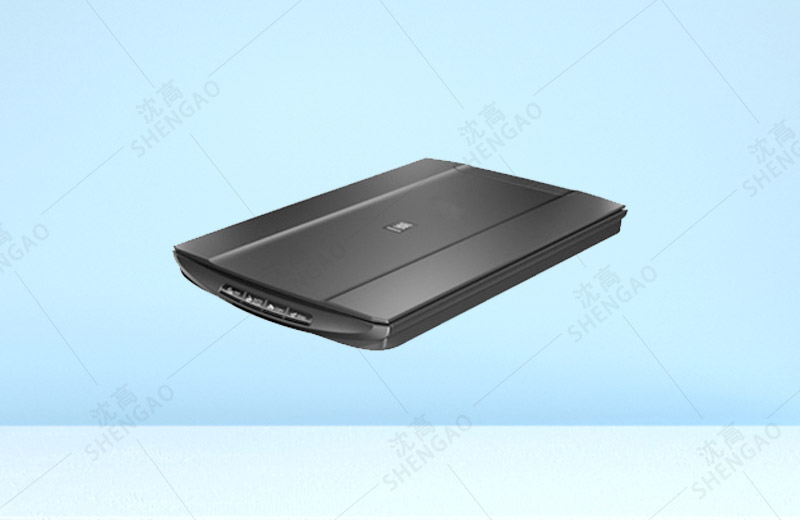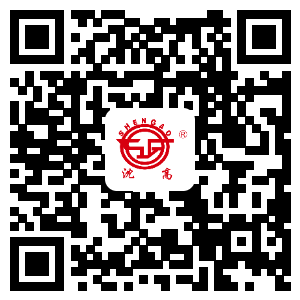Basic Principles
The detected optical signal is converted into electrical signal by optical sensing device, and then the electrical signal is converted into digital signal by analog/digital (A/D) converter and transmitted to the computer.
Photoelectric conversion unit
The photoelectric conversion component is a photosensitive device, which is the core of the scanner. Its photoelectric conversion characteristics, such as spectral correspondence, light stability, sensitivity, noise, etc., are very important for image information transmission.
① CCD(Charge Coupled Device)
CCDs, which are called charge-coupled devices in Chinese, are similar to ordinary semiconductor integrated circuits in that thousands of phototriodes are assembled on a single silicon crystal, separated into three rows and covered by red, green and blue filters for color scanning. Photoelectric triode can produce current when it is irradiated by light and output after amplification. The scanner technology using CCD has been quite mature after many years of development, and is the main photosensitive element used by mainstream scanners in the market.
The advantage of CCD is that the quality of the image scanned by it is high, with a certain depth of field, can scan uneven objects; The temperature coefficient is low, and for general work, the change in ambient temperature is negligible. The disadvantages of CCD are: because the thousands of photoelectric triodes composed of CCD are very close to each other (micron level), there is an obvious leakage phenomenon between the photoelectric triodes, the interference generated by the signal of each photosensitive unit reduces the actual clarity of the scanner; Due to the use of mirror, lens, will produce image color deviation and aberration, need to use software correction; Because CCD requires a sophisticated optical system, it is difficult to make scanners small in size.
② CIS(Contact Image Sensor)
The Chinese name for CIS is Contact Image Sensing Device. It USES with contacts the sensor substrate (photosensitive sensor), 1 mm ~ 2 mm in scanning platform, 300-600 - red, green and blue leds (light emitting diode) sensor arrangement tightly together, produce white light source, CCD array CCD scanners were replaced, lens, fluorescent tube, and cold cathode ray tube and other complex mechanism, The CCD scanner's optical, mechanical and electrical integration into the CIS scanner's mechanical and electrical integration. The scanners made by CIS technology have the advantages of small size, light weight and low production cost, but CIS technology also has disadvantages, mainly is that CIS can not be made into a high-resolution scanner, and the scanning speed is relatively slow.
Light source
The light source is very important to the scanner, because all the light that is felt on the sensor comes from the scanner's own tube. The light source is impure or color - biased, which will directly affect the scanning results. For example, when you look at a piece of clothing in the mall, but when you take it home, you find that the color of the clothes is different from the color you see in the mall. This is because the light source has changed, so we naturally see different results.
A/D converter
A/D converter, the continuous change of analog quantity into discrete digital quantity, the main task is to obtain the analog voltage into the color or gray value of the digital. The main performance indicators are conversion accuracy, conversion time, input resistance and so on.
Scanner board
The scanner motherboard is based on an integrated chip, its role is to control the coordinated action of each component, such as the movement of the stepper motor. The main function is to complete the image data conversion, digital information transmission to the computer, etc. Control the entire coordination of the scanner and the entire process of data processing.
Mechanical moving part
The mechanical rotation part refers to the motor and bracket which are used to control the scanning head moving forward and backward. When the motherboard gives instructions to the motor, the scanning head is moved according to the track and the scanning is completed.







